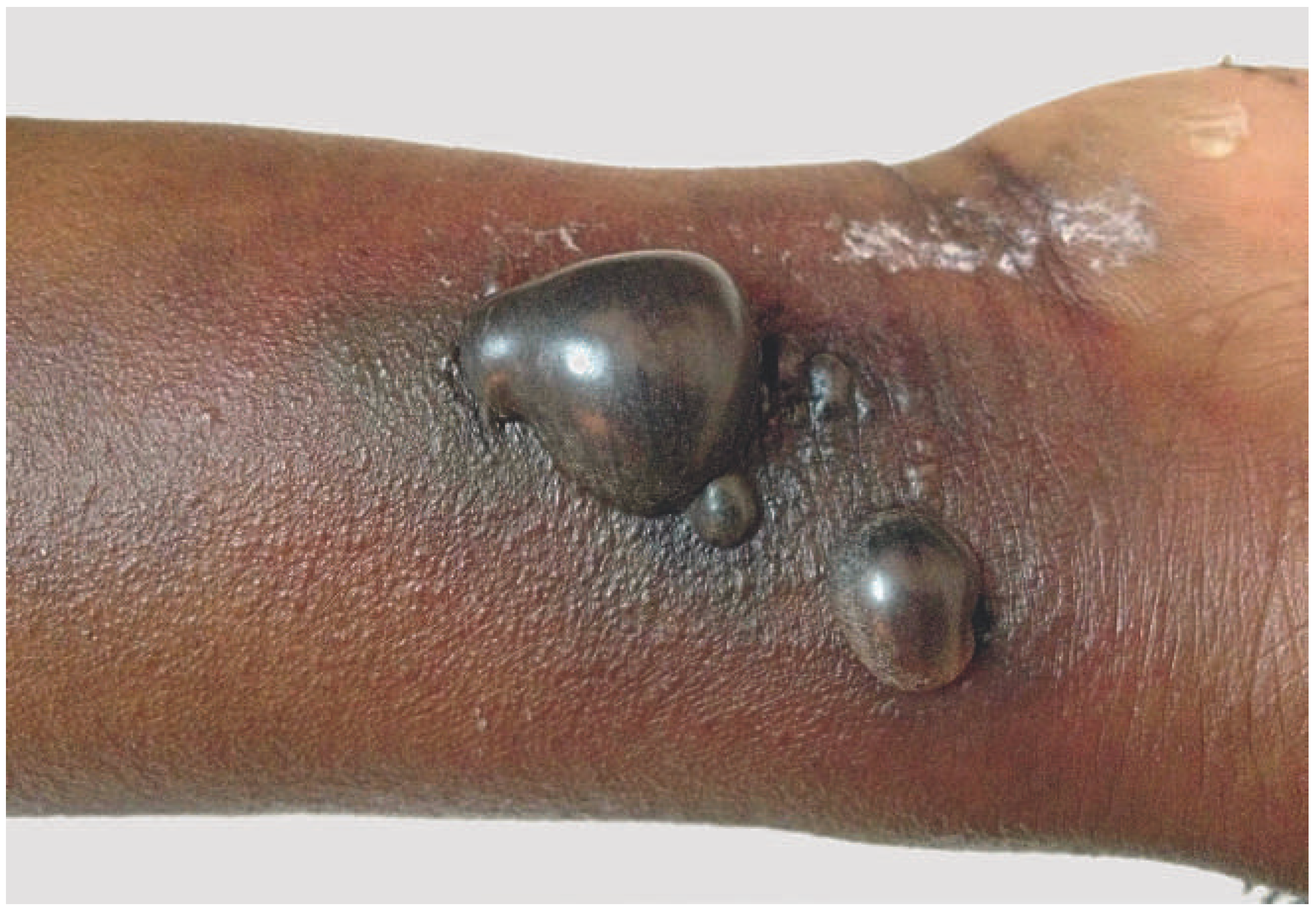Blisters at Radial Puncture Site Following Coronary Angiogram
Case Report
Funding
Conflicts of Interest

© 2013 by the author. Attribution - Non-Commercial - NoDerivatives 4.0.
Share and Cite
Arunkumar, P.; Palanimuthu, R. Blisters at Radial Puncture Site Following Coronary Angiogram. Cardiovasc. Med. 2013, 16, 191. https://doi.org/10.4414/cvm.2013.00142
Arunkumar P, Palanimuthu R. Blisters at Radial Puncture Site Following Coronary Angiogram. Cardiovascular Medicine. 2013; 16(6):191. https://doi.org/10.4414/cvm.2013.00142
Chicago/Turabian StyleArunkumar, Panneerselvam, and Ramasamy Palanimuthu. 2013. "Blisters at Radial Puncture Site Following Coronary Angiogram" Cardiovascular Medicine 16, no. 6: 191. https://doi.org/10.4414/cvm.2013.00142
APA StyleArunkumar, P., & Palanimuthu, R. (2013). Blisters at Radial Puncture Site Following Coronary Angiogram. Cardiovascular Medicine, 16(6), 191. https://doi.org/10.4414/cvm.2013.00142



